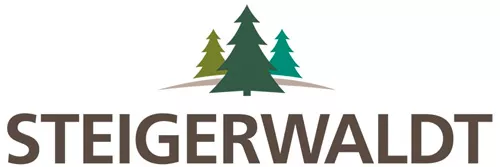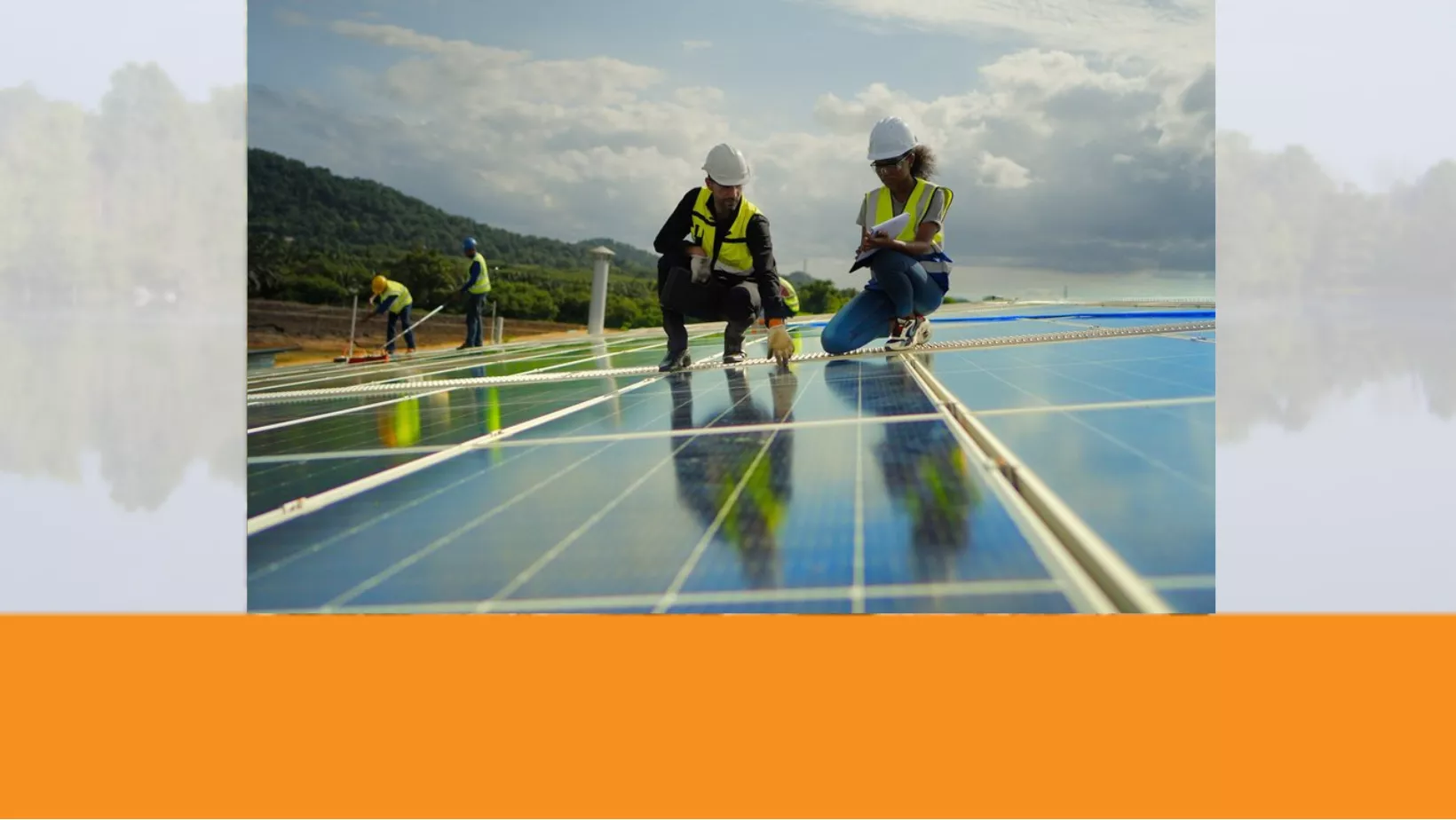Navigating Right of Way Challenges in Utility and Renewable Energy Projects
As the demand for renewable energy and utility infrastructure continues to grow, the acquisition of right-of-way (ROW) becomes an essential component of project success. Whether it’s for a solar farm, wind energy facility, or electrical transmission line, securing the necessary land for these projects is a complex endeavor. We will explore some of the challenges and solutions related to acquiring right-of-way for utility and renewable energy projects to include land acquisition strategies, regulatory compliance, community engagement, environmental considerations, and best practices for optimizing the right-of-way acquisition process.
Challenges and Solutions:
1. Land Acquisition Strategies:
Challenge: Identifying and acquiring the right parcels of land can be a time-consuming and costly process. Landowners may have varying expectations and concerns.
Solution: Implement a strategic approach that involves land surveying, GIS analysis, and negotiation tactics to identify suitable properties. Collaborate with landowners and consider different acquisition methods, such as easements or leases, to meet project needs while respecting landowner rights.
2. Regulatory Compliance:
Challenge: Utility and renewable energy projects must adhere to complex regulatory requirements at the federal, state, and local levels, which can lead to delays and added costs.
Solution: Engage with regulatory authorities early in the project to understand and navigate the regulatory landscape. Ensure that all permitting and environmental impact assessments are conducted thoroughly. Compliance with laws and regulations is non-negotiable and crucial for project success.
3. Community Engagement:
Challenge: Projects can face opposition from local communities, residents, and other stakeholders, which can hinder progress and result in negative publicity.
Solution: Proactive community engagement is essential. Host public meetings, listen to concerns, and communicate the project’s benefits, such as job creation and clean energy. Demonstrating a commitment to being a good neighbor can help gain community support.
4. Environmental Considerations:
Challenge: Utility and renewable energy projects often intersect with ecologically sensitive areas, necessitating careful environmental assessments and mitigation.
Solution: Conduct thorough environmental impact assessments to identify potential risks to wildlife, water bodies, and ecosystems. Develop comprehensive mitigation plans and consider innovative environmental solutions, such as habitat restoration or responsible land use.
5. Best Practices for Optimizing Right of Way Acquisition
Early Planning: Start the right of way acquisition process as early as possible in the project’s development to identify and address potential issues proactively.
Multi-disciplinary Teams: Form cross-functional teams comprising experts in engineering, environmental, real estate, and legal to ensure a well-rounded approach to right-of-way acquisition.
Data-Driven Decisions: Utilize GIS and data analysis tools for route optimization, site selection, project tracking, and land acquisition decisions.
Contingency Planning: Prepare for unforeseen challenges with contingency plans to avoid costly delays.
Acquiring right of way for utility and renewable energy projects is a multifaceted process that requires careful planning, compliance with regulations, community engagement, and environmental responsibility. By implementing these solutions and best practices, you can navigate the challenges associated with right of way acquisition more effectively, ultimately contributing to the growth of energy infrastructure and development.
-Haakon Hagemeister, Vice President – Energy, Infrastructure, and Real Estate







